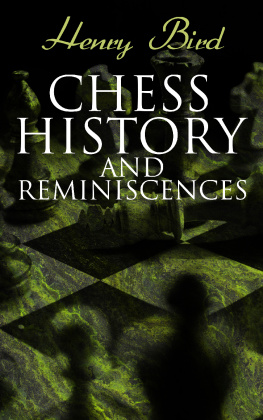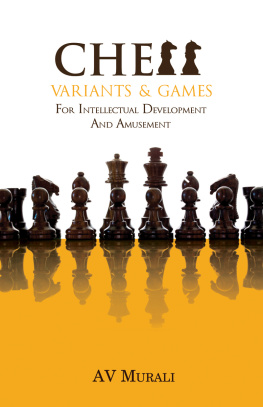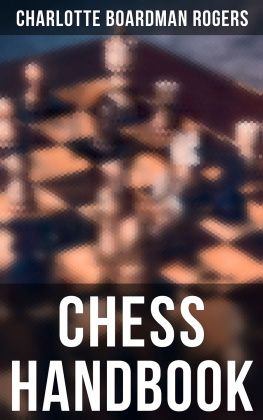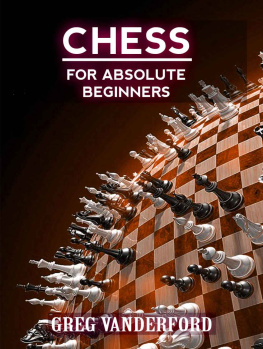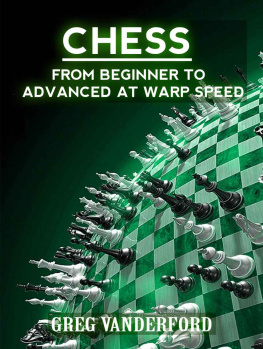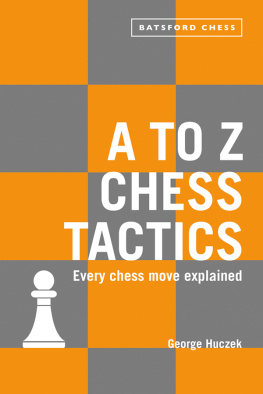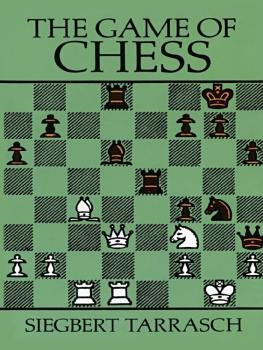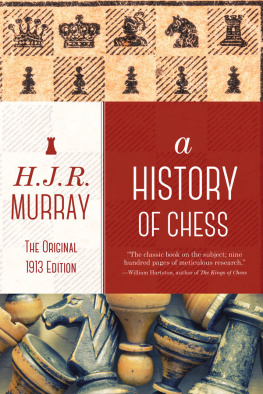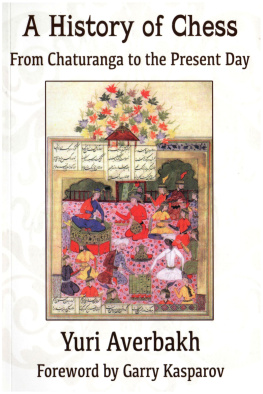AS TO THE SUPPOSED ORIGIN OF CHESS
One of Sir William Jones' Brahman correspondents, Radha Kant, informed him that it is stated in an old Hindoo law book, that the wife of Ravan King of Lanka, the capital of Ceylon invented chess to amuse him with an image of war, when his metropolis was besieged by Rama in the second age of the world, and this is the only tradition which takes precedence in date of the Hindu Chaturanga.
The Princess Anna Comnena in the life of her father Alexius Comnenus, Emperor of Constantinople who died A.D. 1118, informs us that the game of chess which she calls Zatrikion was introduced by the Arabians into Greece, The Arabians had it from the Persians, who say that they themselves did not invent it, but that they received it from the Indians, who brought it into Persia in the time of the Great Chosroes, who reigned in Persia 48 years, and died A.D. 576, he was contemporary with the Emperor Justinian who did A.D. 565.
Of all the claims which have been advanced to the invention and origin of chess, that of the Hindu Game the Chaturanga is the most ancient, and its accounts contain the earliest allusion worthy of serious notice to anything partaking of the principles and form of chess. The description of it is taken from the Sanskrit text, and our first knowledge of it is obtained through the works of Dr. Hyde, 1693, and Sir William Jones, 1784, Professor Duncan Forbes in a History of Chess, dedicated to Sir Frederic Madden and Howard Staunton, published in 1860, further elaborated the researches of his predecessors and claims by the aid of his better acquaintance with chess, and improved knowledge of the Sanskrit to have proved the Chaturanga as the first form of chess beyond a shadow of doubt. Accounts of it also appear in native works published in Calcutta and Serampore in the first half of this century, and it receives further confirmation in material points, from eminent Sanskrit scholars, who refer to it rather incidentally than as chess-players.
The accounts of the Hindu Chaturanga (which means game of "four angas," four armies, or "four species of forces," in the native language, Hasty-aswa-ratha-padatum, signifying elephants, horses, chariots and foot soldiers) (According to the Amara Kosha, and other native works as explained by Dr. Hyde and Sir William Jones) give a description of the game sufficiently clear to enable anyone to play it in the present day.
NOTE. We have tried it recently. So great of course is the element of luck in the throw, that the percentage of skill though it might tell in the long run is small, perhaps equal to that at Whist.
* * * * *
With every allowance for more moderate estimates of antiquity by some Sanskrit scholars, the Chaturanga comes before any of the games mentioned in other countries sometimes called chess, but which seem to bear no affinity to it. The oldest of these games is one of China, 2300 B.C., attributed to Emperor Yao or his time, another in Egypt of Queen Hatasu daughter of Thotmes I, 1771 to 1778 B.C., and that inscribed on Medinet Abu at Egyptian Thebes, the palace constructed by Rameses IV (Rhameses Meiammun, supposed grandfather of Sesostris) who according to the scrolls, we are told reigned 1559 to 1493 B.C., and is said to be the monarch represented on its walls. According to the Bible Chronology he would be contemporary with Moses who lived 1611 to 1491 B.C.
The moves of all the pieces employed in the Chaturanga were the same as those made in Asia and Europe down to the close of the Fifteenth century of our era. The Queen up to that time was a piece with only a single square move, the Bishop in the original game was represented by a ship, the Castle or Rook (as it is now indiscriminately called) by an elephant, the Knight by a horse, the two last named have never at any time undergone the slightest change, the alteration in the Bishop consists only in the extension of its power of two clear moves, to the entire command of its own coloured diagonal. The total force on each side taking a Pawn as 1 for the unit was about 26 in the Chaturanga as compared with 32 in our game. There appear ample grounds for believing that the dice used, constituted the greatest if not the main charm in the game with the Brahmans, and that the elimination of that element of chance and excitement, destroyed its popularity with them.
THE ANCIENT HINDU CHATURANGA
The Chaturanga signifies the game of four angas, or four species of forces, which, according to the Amira Kosha of Amara Sinha and other authorities means elephants, horses, chariots and foot soldiers, which, in the native tongue is Hasty, aswa, ratha, padatum. It was first brought to notice by the learned Dr. Thomas Hyde of Oxford, in his work De Ludus Orientalibus, 1694. About 90 years later the classical Sir William Jones, also of Oxford, who became Judge of the Supreme Court in India from 1783 to 1794 gave translations of the accounts of the Chaturanga. This was at a time when knowledge of Sanskrit had been only just disclosed to European scholars, the code of Gentoo laws, &c., London 1781, being the first work mentioned, though by the year 1830 according to reviews, 760 books had appeared translated from that language, no mention of the Chaturanga is found in Europe before the time of Dr. Hyde, and all the traditionists down to the days of Sir William Jones would seem to have been unacquainted with it. In respect to Asia, so far as can be judged or gathered, the details and essence of the Sanskrit translations mentioned in the biography of the famous and magnificent Al Mamun of Bagdad 813 to 833 or those for the enlightened Akbar 1556 to 1605 are unknown to European scholars; there are no references to any translation of them, or to the nature of those alluded to in the Fihrist of Abu L. Faraj.
Eminent contributors to the Archaeologia, F. Douce, 1793, and Sir F. Madden, 1828, adopt the conclusions of Dr. Hyde and Sir William Jones and they receive confirmation from native works of this century, and incidentally from Sanskrit scholars who wrote not as chess players.
Duncan Forbes, L.L.D., Professor of Oriental languages in King's College, London, is the next great authority upon the Chaturanga; in a work of 400 pages published in 1860 dedicated to Sir Frederic Madden and Howard Staunton, Esq., he further elaborated the investigations of Dr. Hyde and Sir William Jones and claimed by a better acquaintance with chess and choice of manuscripts and improved knowledge of the Sanskrit language to have proved that the game of chess was invented in India and no where else, in very remote times or, as he finally puts it at page 43: "But to conclude I think from all the evidence I have laid before the reader, I may safely say, that the game of chess has existed in India from the time of Pandu and his five sons down to the reign of our gracious Sovereign Queen Victoria (who now rules over these same Eastern realms), that is for a period of five thousand years and that this very ancient game, in the sacred language of the Brahmans, has, during that long space of time retained its original and expressive name of Chaturanga."
The Chaturanga is ascribed to a period of about 3,000 years before our era.
According to the Sanskrit Text of the Bavishya Purana from which the account is taken, Prince Yudhisthira the eldest and most renowned of the five sons of King Pandu, consulted Vyasa, the wise man and nestor of the age as to the mysteries of a game then said to be popular in the country, saying:
"Explain to me, O thou super-eminent in virtue, the nature of the game that is played on the eight times eight square board. Tell me, O my master, how the Chaturaji (Checkmate) may be accomplished."
Vyasa thus replied:
"O, my Prince, having delineated a square board, with eight houses on each of the four sides, then draw up the red warriors on the east, on the south array the army clad in green, on the west let the yellow troops be stationed, and let the black combatants occupy the north.

